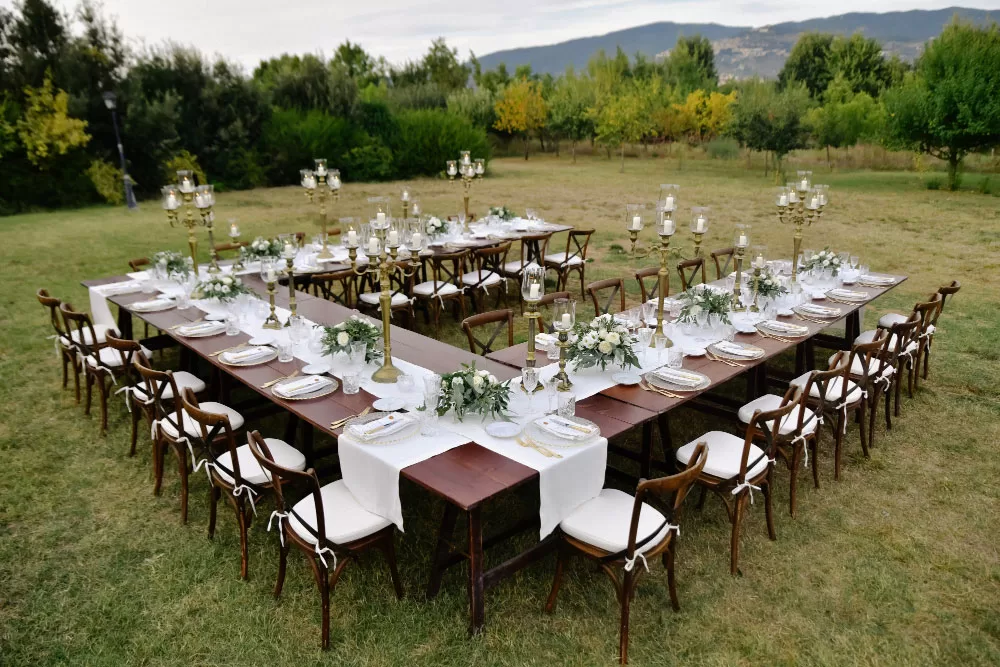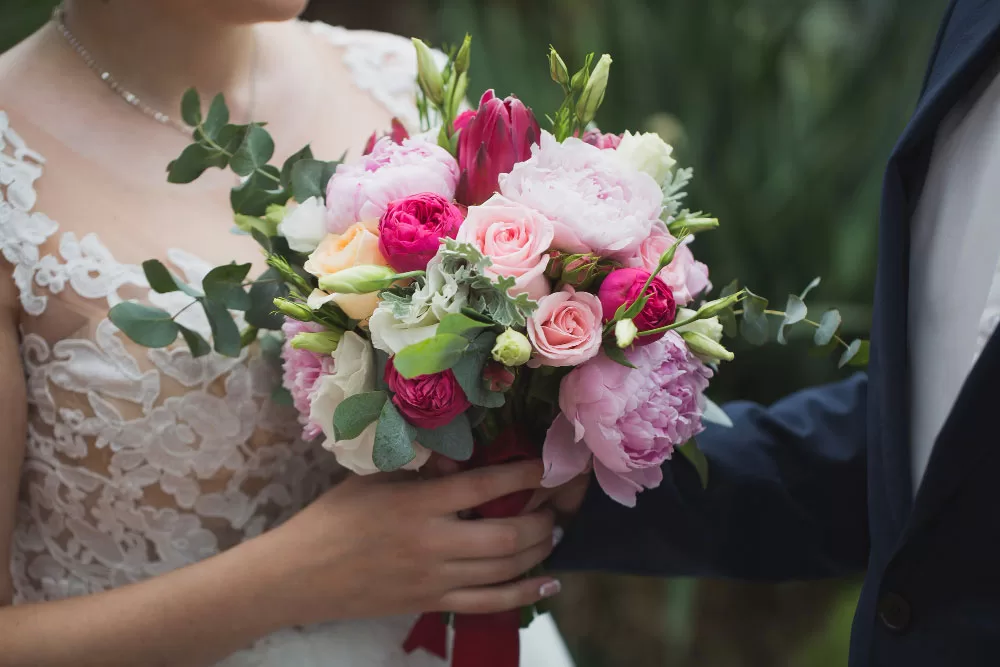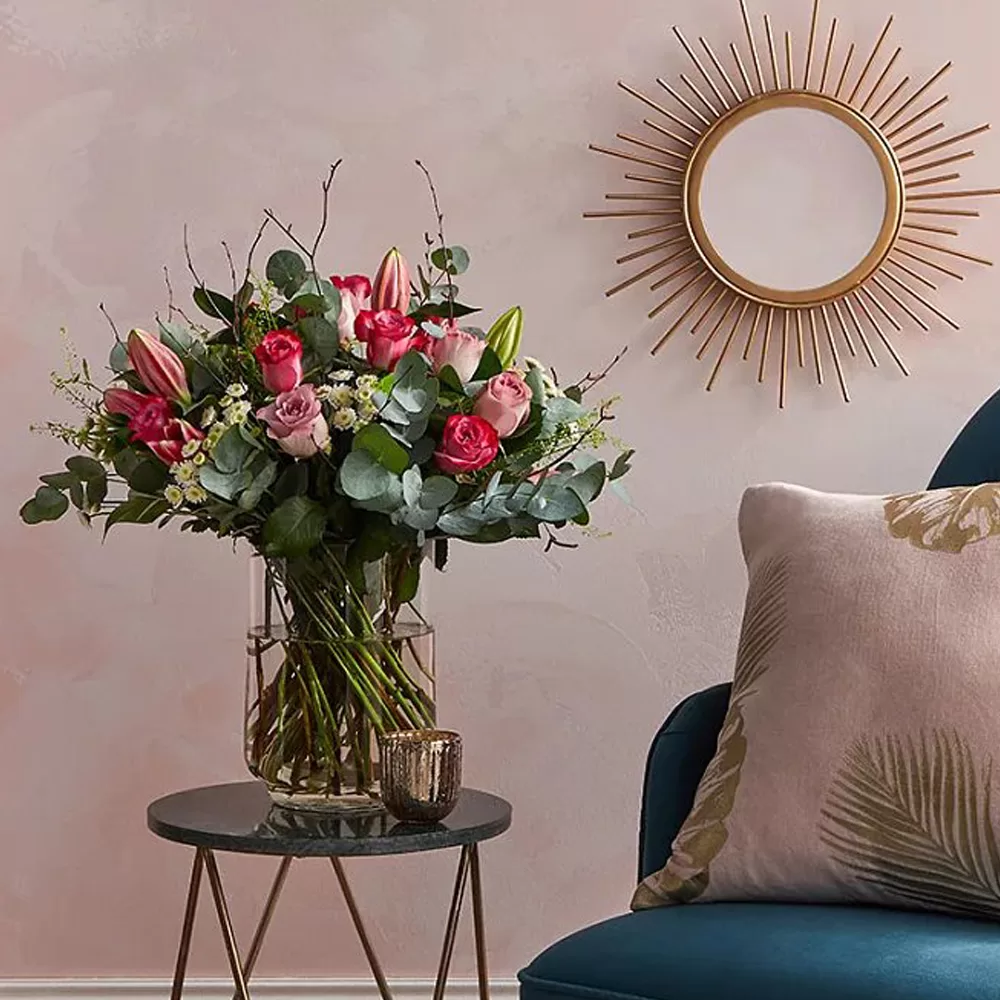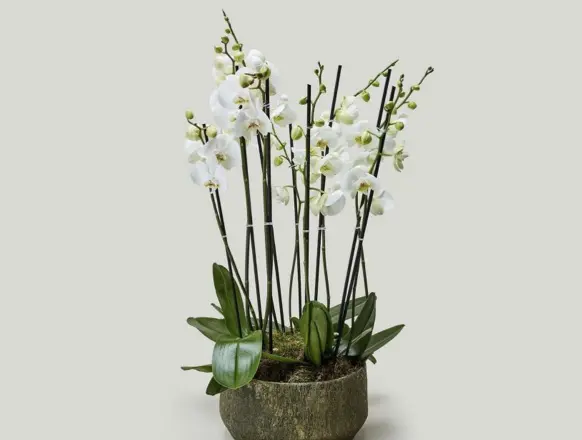Table of Contents
ToggleFlowers have been used throughout history as a means of expressing emotions, gratitude and goodwill. During Eid al-Fitr, they serve multiple purposes, from decorating homes and mosques to being offered as gifts to loved ones. Their presence improves the festive atmosphere, adding vibrancy and a sense of renewal to the celebration. This article discusses the various roles and meanings of flowers in Eid al-Fitr, analyzing cultural traditions, religious perspectives and contemporary practices.
1. Symbolism of Flowers in Islamic Traditions
Islamic traditions highlight the appreciation of nature and its beauty as a reflection of divine creation. Eid Flowers holds special significance, as flowers, with their complex designs and captivating fragrances, are often associated with purity and blessings. In many Islamic cultures, flowers symbolize gratitude, joy and the revival of life. These values align perfectly with the spirit of Eid al-Fitr.
The Prophet Muhammad (peace be upon him) frequently spoke about the importance of cleanliness, pleasant fragrances and the beauty of nature. Eid Flowers, being natural symbols of beauty and purity, have become an integral part of Islamic celebrations, including Eid. They serve as a reminder of the blessings bestowed by Allah and the importance of appreciating the natural world.
2. Floral Decorations in Eid Celebrations
One of the most notable ways flowers are used during Eid al-Fitr is in home and mosque decorations. Fresh flower arrangements, floral garlands and petals are often used to adorn prayer areas, dining tables and entrances.
- Mosques and Prayer Areas: Many mosques are decorated with floral arrangements on Eid morning to create a welcoming and serene environment for worshippers. Flowers such as roses, lilies and jasmine are commonly used for their pleasing fragrance and aesthetic appeal.
- Home Decor: Families also decorate their homes with flowers to enrich the festive atmosphere. Floral centerpieces on dining tables, vases filled with fresh blooms and flower petals scattered in rooms add to the charm of the occasion.
- Outdoor Celebrations: In some cultures, combined Eid gatherings in parks or public spaces feature flower-themed decorations, sweetening the festive ambiance.
3. Gifting Flowers on Eid al-Fitr
Giving gifts is a cherished tradition during Eid al-Fitr, as it promotes love and strengthens relationships. Flowers make for a thoughtful and meaningful gift, as they convey emotions of joy, appreciation and blessings.
- Flowers as a Symbol of Gratitude: Presenting flowers to elders, family members and friends is a common way of expressing gratitude and respect. It is a simple emotion that signifies love and appreciation.
- Bouquets and Floral Arrangements: Many people choose to give flower bouquets alongside other traditional Eid gifts, such as sweets, clothing and perfumes. Red roses, orchids and tulips are among the popular choices for Eid flower arrangements.
- Flowers for the Deceased: Some families visit cemeteries on Eid to pay their respects to deceased loved ones. Placing flowers on graves is a daily practice that symbolizes remembrance, respect, and prayers for the departed.
4. Popular Flowers Used During Eid al-Fitr
Different cultures have unique preferences when it comes to flowers for Eid celebrations. Some of the most popular flowers associated with Eid include:
- Roses: Symbolizing love and beauty, roses are widely used in decorations, gifts and fragrances for Eid.
- Jasmine: Known for its sweet fragrance, jasmine is commonly used in garlands and home decor.
- Lilies: Representing purity and renewal, lilies are a popular choice for Eid floral arrangements.
- Tulips: Often associated with grace and elegance, tulips make for beautiful Eid gifts.
- Orchids: Symbolizing luxury and exotic beauty, orchids are often used in elaborate Eid decorations.
5. Cultural Variations in Floral Traditions
Different regions incorporate flowers into Eid celebrations in unique ways, reflecting local customs and traditions.
- Middle East: In countries like Saudi Arabia, UAE and Egypt, floral arrangements are used to decorate homes and Eid prayer areas. Perfumes made from flowers, such as rose water and oud-infused floral scents, are also popular.
- South Asia: In Pakistan, India and Bangladesh, women often wear flower bouquets in their hair as a symbol of beauty and festivity. Flowers are also common in traditional clothes and decorations.
- Southeast Asia: In Indonesia and Malaysia, Eid celebrations feature detailed floral decorations in homes and public spaces. Special flower arrangements are made for Eid feasts and family gatherings.
- North Africa: In countries like Morocco and Tunisia, fresh flowers are used to create a fragrant and welcoming atmosphere in homes. Floral patterns are also prominent in Eid table settings and attire.
6. The Role of Flowers in Eid Feasts
Eid al-Fitr is insufficient without a grand feast, where families and friends come together to share delicious meals. Flowers play a role in improving the dining experience by:
- Table Decorations: Fresh flowers are often used as centerpieces to make dining tables look festive and inviting.
- Edible Flowers: In some cultures, edible flowers like rose petals and saffron are incorporated into Eid desserts, such as baklava, gulab jamun and kunafa, adding a touch of elegance and flavor.
- Floral Beverages: Traditional drinks infused with floral essences, such as rose sherbet and jasmine tea, are served during Eid gatherings.
7. Flowers in Modern Eid Celebrations
The rise of online gifting services made floral bouquets become a popular choice for Eid gifts. Many florists and online platforms offer special Eid-themed flower bouquets that can be delivered to loved ones, even if they are far away. Searching for “Flower near me“ has become a common way for people to find local florists offering beautifully arranged bouquets for Eid celebrations.
Social media has also played a role in modernizing floral traditions during Eid. Many people share pictures of their floral decorations, bouquets and festive setups, inspiring others to incorporate flowers into their celebrations.
Flowers hold a deep and meaningful place in Eid al-Fitr celebrations, symbolizing joy, beauty and gratitude. Flowers improve the spiritual and festive essence of Eid. Across different cultures and traditions, they serve as a universal expression of love, renewal and togetherness.
The tradition of incorporating flowers remains everlasting. Their ability to bring people together, uplift spirits and add beauty to the occasion ensures that flowers will always be a cherished part of Eid celebrations worldwide.
